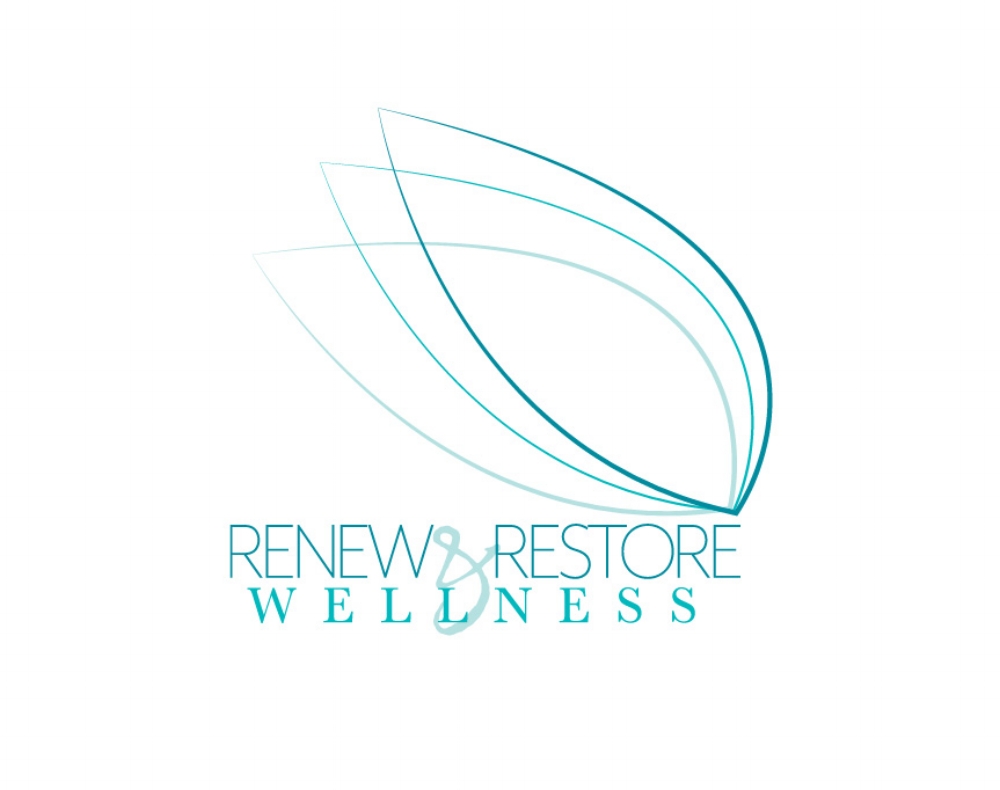Why You Should Care About You and Your Child’s Posture
/Posture… you probably just sat up a little straighter as you read the word, but it’s something that is becoming more of a focus these days. With an increase in the use of technology at a younger age, our posture as a whole has declined significantly over the past decade. Where we used to see “old lady humps” developing in the elderly, we are now seeing it occur in people in their 20’s and 30’s. While this is occasionally the result of a congenital disorder, a majority of the time it is caused by something completely preventable… you guessed it, poor posture!
While studies have shown that poor posture can result in being turned down during a job interview and being perceived as less attractive, there are actual negative physiological implications that come along with it as well!
1. Shallow Breathing
When we have poor posture our shoulders are rounded forward causing our pec muscles to tighten and our head to draw forward. This results in shallow breathing because of restriction in the chest and difficulty with deep diaphragmatic (belly) breathing. When we are shallow breathing it causes us to re-breathe too much oxygen and breathe out too much carbon dioxide. Some of the implications of long-term shallow breathing include stress-related illnesses, sleep problems, respiratory problems, immune system weakening, and high blood pressure. Check out this post to learn 5 simple ways to improve your breathing anywhere.
2) Poor Digestion
Sitting hunched over, especially after a meal, can lead to bloating, heartburn and slowed digestion. [2] When we’re slouched it puts increased pressure on the abdominal organs and can impair the functions needed to digest the food we just consumed.
To help improve post-meal digestion, taking a 15 minute walk (not a run or speed-walk, but a stroll) can be very beneficial. This will help move food down the digestive tract. To get the full benefit, take some deep breaths and make sure you’re standing up nice and tall with your shoulder blades squeezed together. Some essential oils like peppermint or digestzen can be helpful as well.
3) Headaches and Neck Pain
As we sit or stand with our upper back rounded out it causes our head to draw forward. Our bodies were designed to have our heads directly over our shoulders in order to best support the weight of our head. The head makes up approximately 6% of our body weight. [3] For every inch the head moves forwards, it gains 10 pounds in weight, as far as how the muscles in the upper back and neck perceive it, because they have to work harder to keep the eyes level with the horizon. [4] This significantly increases the strain placed on the muscles towards the base of the skull, in the back of the neck. These suboccipital muscles end up remaining in constant contraction and can place pressure on the sub occipital nerves exiting the spine in that area. This nerve compression may cause headaches at the base of the skull as well as chronic neck pain and stiffness.
Chiropractic care is excellent for dealing with muscle imbalance that results from poor posture. Not only does it help to relax tight muscles, but it improves the movement of the spine, which typically becomes restricted with bad posture. If you’ve been considering chiropractic care, but are uneasy or have questions, please don’t hesitate to contact us! If you don’t live in the DFW area, we are happy to help you find a chiropractor in your area.
In addition to chiropractic care, there are a number of exercises and stretches that can be done to help improve posture. To give a few exercises a try check out this link.
4) Decreased Confidence
Not only does posture impact the way other people perceive us, but it actually affects the way we see ourselves! A study conducted at Ohio State found that students who were told to sit up straight were more likely to believe the thoughts they wrote down about themselves while in that posture. [5] Whether the thoughts were negative or positive, the students were more likely to believe them if they were sitting up straight. This demonstrates how powerful our posture really is! To build confidence boosting into your daily routine, make it a practice to sit up straight while writing down positive thoughts about yourself.
Knowing the side-effects of poor posture, it’s important to that we make sure that kids develop healthy habits regarding their posture. As schools have moved to the use of tablets and technology and everything being accessible on phones, kids (and adults) are looking down more than ever. Implementing good ergonomic setups and encouraging stretching and activities to counteract poor posture are simple ways to set our future generations up for success when it comes to their spinal health and general well-being!
Our hope, at Renew and Restore Wellness is that this information has inspired you to be more aware of yours and your loved ones’ posture and to be proactive in improving it! Grandma really was on to something when she was constantly reminding us to sit up straight!
If you’d like more pointers on posture, please don’t hesitate to contact us or ask at your next visit!
Resources
December 28, 2018. Posture and Breathing: The Physiological effects of Shallow Breaths. (Retrieved July 15, 2020) https://www.thebreatheffect.com/posture-breathing-physiological-effects/
September, 2018. 3 Surprising Risks of Poor Posture. (Retrieved July 15, 2020) https://www.health.harvard.edu/staying-healthy/3-surprising-risks-of-poor-posture
September 16, 2017. Association Between Forward Head, Rounded Shoulders, and Increased Thoracic Kyphosis: A Review of the Literature (Retrieved July 15, 2020) https://www.ncbi.nlm.nih.gov/pmc/articles/PMC5659804/
Forward Head Posture Page. (Retrieved July 16, 2020) https://chiro.org/LINKS/Forward_Head_Posture.shtml
October 5, 2009. Body Posture Affects Confidence In Your Own Thoughts, Study Finds (Retrieved July17, 2020) https://www.sciencedaily.com/releases/2009/10/091005111627.htm




